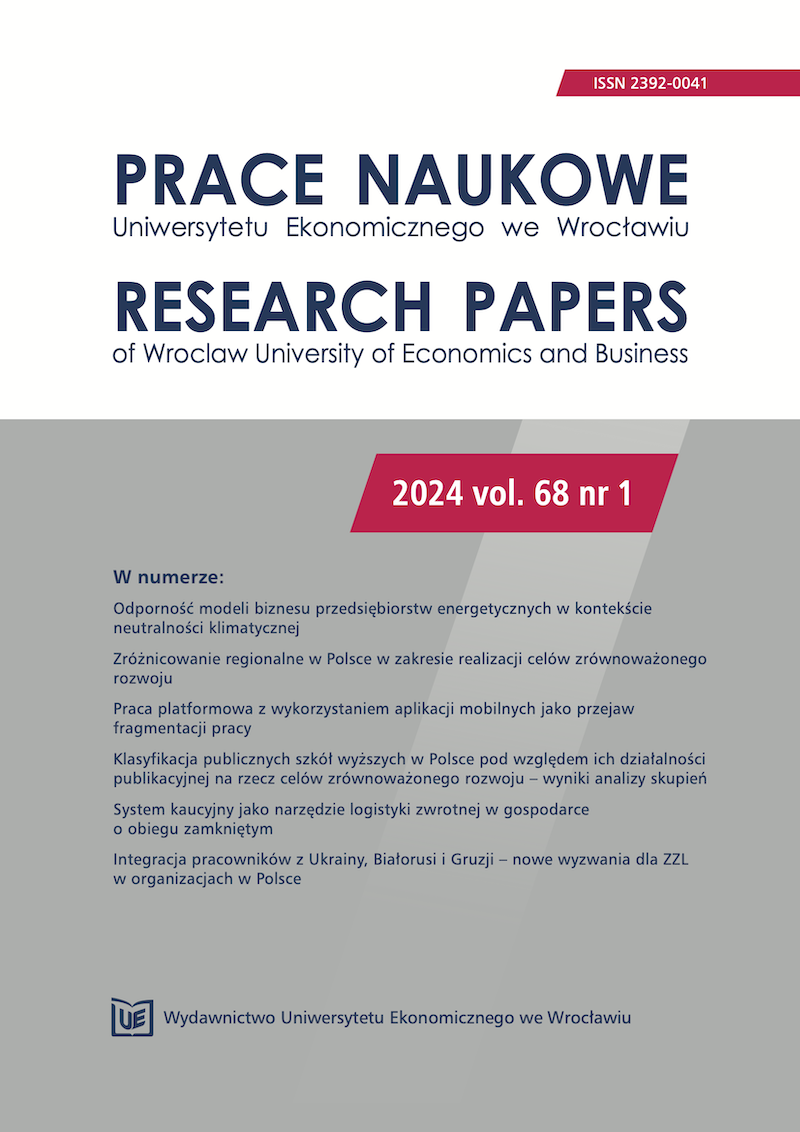Consumer Trends of Generation Z in the Area of Luxury Goods. Gen Z as a Future Key Customer for Premium Automotive Brands
Keywords:
automotive, marketing, Gen Z, luxury, premium, generational changesAbstract
The research goal of the article is to learn about the approach to luxury brands and the shopping trends of generation Z, using the example of premium cars. Representatives of generation Z, becoming a growing purchasing power, will determine the success or failure of automotive brands in the coming years. The aim of the article is to try to define this generation, learn about its features and characteristics, and understand its purchasing decisions. The key to the comprehensiveness of the article was: defining generation Z on the basis of available publications, reports and research results, as well as analyzing the current situation of the automotive market and the luxury goods market. An important element was the empirical (quantitative) research conducted on the population of 114 representatives of the generation using the Internet survey method (CAWI). This kind of broad approach made it possible to update the research area of the article and compare it with the results of research leading to important conclusions. Both the analysis of the available research results and the area of generation Z, as well as the current situation of the automotive market, have brought many interesting conclusions that allow us to understand two issues. They mostly resonate with the analysis of the author’s empirical research. It can be concluded that representatives of Gen Z are people with high independence and full of self-confidence and confidence in their skills and abilities. In conjunction with the good (and constantly improving) situation in the automotive industry, this promises a very large area for the development of companies in the industry, the success of which will be determined by the ability to adapt to the new customer profile and its needs. The conducted review of the literature, as well as research and reports, combined with the empirical part, constitutes a comprehensive publication revealing the research gap and the potential for future research in this area.
Downloads
Downloads
Published
Issue
Section
Categories
License
Copyright (c) 2024 Jakub Dębski

This work is licensed under a Creative Commons Attribution-ShareAlike 4.0 International License.
Accepted 2023-11-07
Published 2024-03-26









